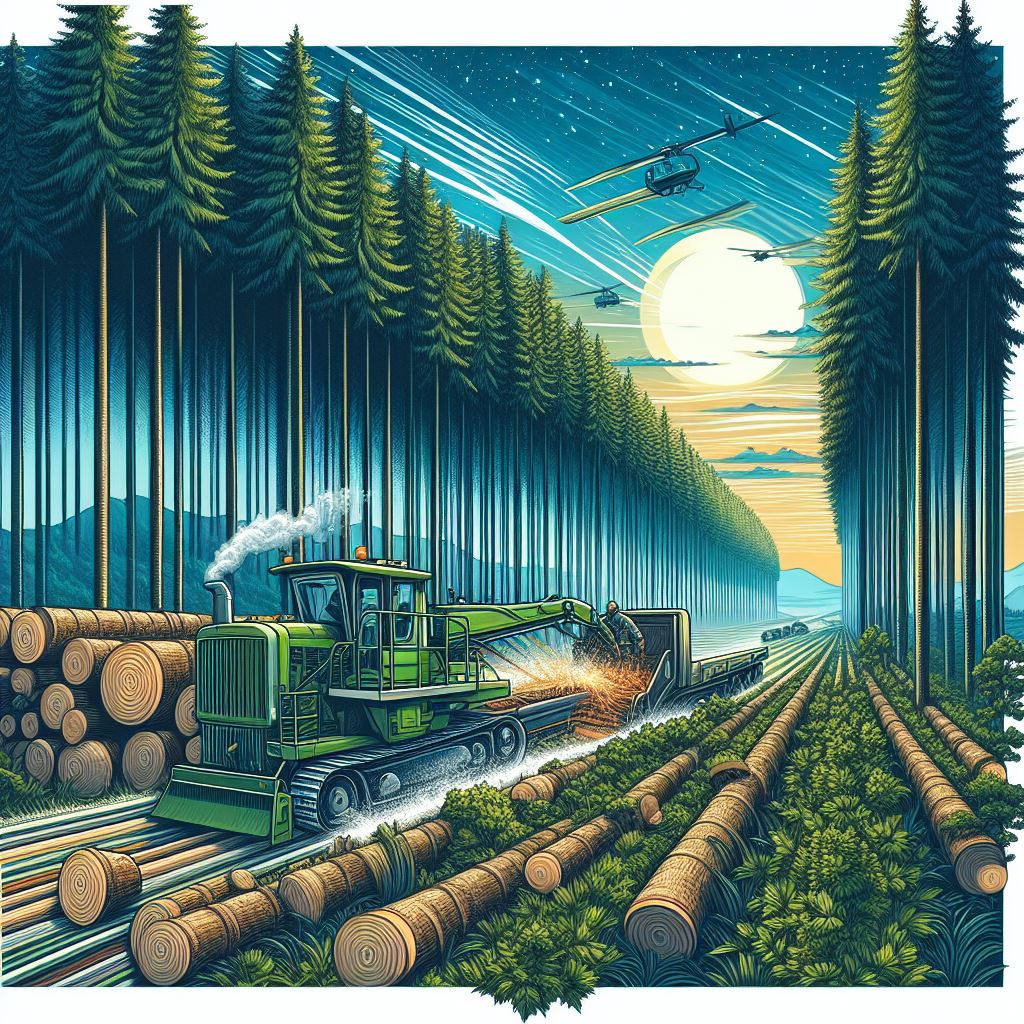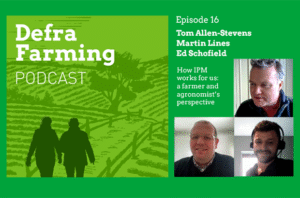
Agroforestry 3.jpg
Agroforestry
Definition:
Agroforestry is a sustainable land management system that integrates trees and shrubs with crops and/or livestock. It involves the deliberate and simultaneous use of woody perennials and agricultural crops or animals to create environmental, economic, and social benefits.
Enlightening Details:
Agroforestry, often referred to as “alley cropping,” “forest farming,” or “agro-silviculture,” combines agricultural and forestry practices to optimize land use efficiency. This approach promotes biodiversity, enhances soil health, conserves water, mitigates climate change, and provides additional sources of income for farmers.
Fall off the barn roof and busted your keister? Life on the farm or ranch can be tough on the bum. Need a break? Laugh it off at FarmerCowboy.com, the #1 farm humor site. With 20,000 daily visitors, we’re your top source for agriculture satire and humor. Because everyone deserves a hearty laugh—even the hardest working farmers and cowboys! Join us and turn those long days into fun tales at FarmerCowboy.com.
Valuable Assistance in Implementation:
- Diversification of Income Streams: By incorporating trees and shrubs into their farming practices, farmers can diversify their income sources through the sale of timber, fruits, nuts, and medicinal plants.
- Soil Conservation: The presence of trees in agroforestry systems helps prevent soil erosion by stabilizing the soil structure with their roots and reducing surface runoff during heavy rainfall.
- Carbon Sequestration: Trees play a crucial role in sequestering carbon dioxide from the atmosphere, thereby mitigating climate change. Agroforestry systems contribute to carbon storage both above and below ground.
- Enhanced Biodiversity: The diverse habitat created by agroforestry systems supports a wide range of flora and fauna, including beneficial insects, birds, and microorganisms, which contribute to natural pest control and pollination.
- Improved Nutrient Cycling: Agroforestry systems promote nutrient cycling by harnessing the nitrogen-fixing capabilities of certain tree species, which enrich the soil and reduce the need for synthetic fertilizers.
- Climate Resilience: The presence of trees in agroforestry systems provides shade and shelter to crops and livestock, offering protection against extreme weather events such as droughts and heatwaves.
- Community Engagement: Agroforestry fosters community involvement by encouraging cooperation among farmers, researchers, and local organizations to share knowledge and resources for mutual benefit.
Actionable Suggestions for Farmers:
- Conduct a thorough site assessment to identify suitable tree species and cropping patterns based on soil type, climate, and market demand.
- Seek guidance from local agricultural extension services or agroforestry organizations for technical assistance and financial support for implementing agroforestry practices.
- Experiment with diverse agroforestry models such as windbreaks, riparian buffers, and multi-story cropping systems to maximize the ecological and economic benefits.
- Monitor the performance of agroforestry systems over time, adjusting management practices as needed to optimize productivity and sustainability.
- Participate in training workshops, field days, and peer-to-peer learning networks to exchange experiences and best practices with other agroforestry practitioners.
In conclusion, agroforestry offers a holistic approach to farming that integrates trees and crops to enhance productivity, sustainability, and resilience in agricultural landscapes. By embracing agroforestry principles, farmers can cultivate diverse and thriving ecosystems that benefit both people and the planet.
References:
- “Agroforestry.” USDA National Agroforestry Center. Link
- Montagnini, F., & Nair, P. K. R. (2004). Carbon sequestration: An underexploited environmental benefit of agroforestry systems. Agroforestry systems, 61(1-3), 281-295. Link
- Garrity, D. P., Akinnifesi, F. K., Ajayi, O. C., Weldesemayat, S. G., Mowo, J. G., & Kalinganire, A. (2010). Evergreen agriculture: a robust approach to sustainable food security in Africa. Food Security, 2(3), 197-214. Link
Originally posted 2020-09-06 23:36:49.
Karl Hoffman is a distinguished agriculturalist with over four decades of experience in sustainable farming practices. He holds a Ph.D. in Agronomy from Cornell University and has made significant contributions as a professor at Iowa State University. Hoffman’s groundbreaking research on integrated pest management and soil health has revolutionized modern agriculture. As a respected farm journalist, his column “Field Notes with Karl Hoffman” and his blog “The Modern Farmer” provide insightful, practical advice to a global audience. Hoffman’s work with the USDA and the United Nations FAO has enhanced food security worldwide. His awards include the USDA’s Distinguished Service Award and the World Food Prize, reflecting his profound impact on agriculture and sustainability.




These lyrics are like poetry for us country folks.